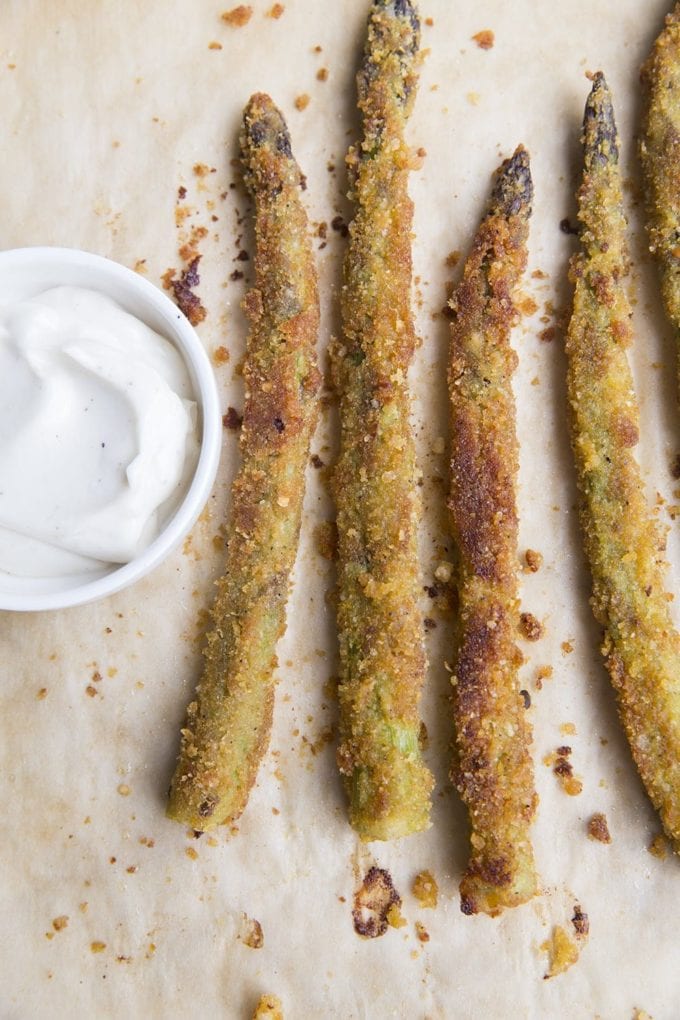Building a Plant-Centred Pantry: Nutritional Yeast

Wanna make healthy eating simpler? Focus on the foods to eat more of…so welcome to my new series, Building a Plant-Centred Pantry. Here, I will talk about the foods I try to eat more of, why they are so great and how to get more of them. It’s kind of like the long-form version of my Healthy Grocery List on Pinterest.
My second pick for my plant-based pantry may seem like a weird one: nutritional yeast. If you have not yet acquainted yourself with the ‘nooch’ as it is affectionally called, you are in for a treat. But, first things first….
What the heck is nutritional yeast?
Don’t let the alluring name fool you, nutritional yeast is not a ‘health fad’ product that people are gravitating towards to achieve heightened consciousness like crystal-infused waters and charcoal-everything. It’s actually a tasty, condiment-style food that’s packed full of nutrients and light on the budget.
I’m not joking when I say that I put this stuff on everything. It’s an incredibly versatile ingredient that exudes a cheesy umami-like flavour and pairs well with many foods. Sometimes referred to as the ‘nooch,’ nutritional yeast looks like yellow flakey pixie dust that serves up a flavourful punch of cheesy delicious-ness. This is OG vegetarian hippie stuff like the carob or wheatgrass that formed part of my veg education growing up on Vancouver Island.
Why are people eating straight up yeast?
Known for its popularity among the veg community, nutritional yeast is a good source of vitamin B12 (when fortified) and can be used as a wonderful substitution for cheese in recipes. Now, I know that if you eat cheese, nothing else is cheese…but when making plant-based versions of cheese, nooch imparts a savoury, umami flavour that makes things cheesy-delicious.
We commonly see yeast used in bread and beer making, such as Brewer’s yeasts, as an active agent to produce gas bubbles through fermentation and make that bread rise. You might be wondering, “am I going to blow up like a balloon if I eat yeast?” The answer is no, because nutritional yeast is inactive – meaning you don’t have to worry about fermentation firing up in your gut. The yeast strain, Saccharomyces cerevisiae, is commonly grown on sugar cane or beet molasses but then it is killed using heat. So it’s all flavour, no tummy rumbles.
Nutritional yeast boasts a jam-packed nutrient profile chock full of B vitamins, protein and fiber. There is a common confusion that the nooch is a naturally rich source of Vitamin B12, a nutrient that is produced by microbes and can sometimes be lacking in a plant-based diet. Some nutritional yeasts are fortified with B12 – but not all products are created equal. Truth be told, when buying in bulk it’s hard to know if it’s been fortified or not so I usually reach for packaged commercial products like Bob’s Red Mill or local Vancouver company, Everland.
According to Bob’s product, one ¼ cup serving provides 8g of protein, 3g of dietary fiber and well over your daily intake of vitamins B12, thiamin, niacin, folate, riboflavin and B6 with a small amount of iron.
How to use it…and where to find it
Nutritional yeast can usually be found in flaked or powdered form in some bulk food sections as well as in the specialty or health foods aisle of (most) grocery stores in a bag or shaker cup form. It can also be found in food products like kale chips as a nutty cheesy flavouring – one of my favourites is Solar Raw Foods brand.
I like to think of nutritional yeast as a seasoning or condiment in addition to that cheese-like substitute that I mentioned earlier. You really can use it a ton of places! Something to note, that it will enhance the saltiness of whatever you are making, so go a bit easy on salt in your recipe.
- Sprinkle on popcorn…it is by far the most addictive popcorn seasoning around! You can get even fancier with some savoury spices like garlic and rosemary for the perfect snack
- ‘Cheese’ sauces or anywhere in place of cheese. From cashew-based macaroni and cheese to nacho-flavoured kale chips – yum. Need some recipe inspo? Try my cashew-less queso…or my almond parm!
- Thicken salad dressings or other sauces like Caesar or a classic oil and vinegar
- Shake a handful on top of steamed or sauteed veggies with some coconut oil and fresh herbs or on top of a casserole dish or salad
- Use it as part of a breading recipe to add extra flavour to what is often just a bland coating. Asparagus fries, anyone??
If you already love the nooch…I would love to know, what is your fave way to use it? And…if you want to see my nooch geek in action, you can see this post in TV form here.
A HUGE thank you to my student, Marilee Pumple, who helped put this post together!
Photo Credit: Melissa Quantz
Disclosure Statement: You guys know that I only provide product recommendations that I actually eat and love…because integrity matters to me.
I am a paid spokesperson for Nature’s Path (lucky me!) and have no financial affiliation to Solar Raw, Everland and Bob’s Red Mill. All are simply good companies that make good stuff.



